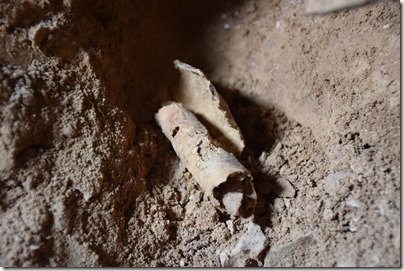A Roman-period gate has been discovered at Beit Shearim (“house of gates”).
A study of LMLK seal impressions reveals that there was a massive spike in the earth’s magnetic field in the time of King Hezekiah. I expect that G. M. Grena will have more to say about this on his blog soon. (UPDATE: now online here.)
A preliminary report from the 2016 season at et-Tell (Bethsaida?) is now up at The Bible and Interpretation.
A man who fished a Persian-period amphora out of the sea at Ashdod has turned it over to authorities.
I enjoy seeing my photos (especially of more obscure sites) put to good use, and no one does it better than Wayne Stiles. This week he ventures over to Ein Parath.
Lawrence Schiffman has written an article for Ami Magazine on the discovery of Qumran’s 12th cave.
Liberty University has a story on their role in the Qumran excavations.
James VanderKam considers it a “bit premature to call it Qumran Cave 12.”
Gordon Govier talks with John DeLancey about Qumran Cave 12 and upcoming excavations in Israel on this week’s edition of The Book and the Spade.
Is Genesis History? is a new documentary showing on theaters on Thursday, February 23. I’ve heard good reports from those who have seen it.
HT: Agade, Joseph Lauer, Paleojudaica




